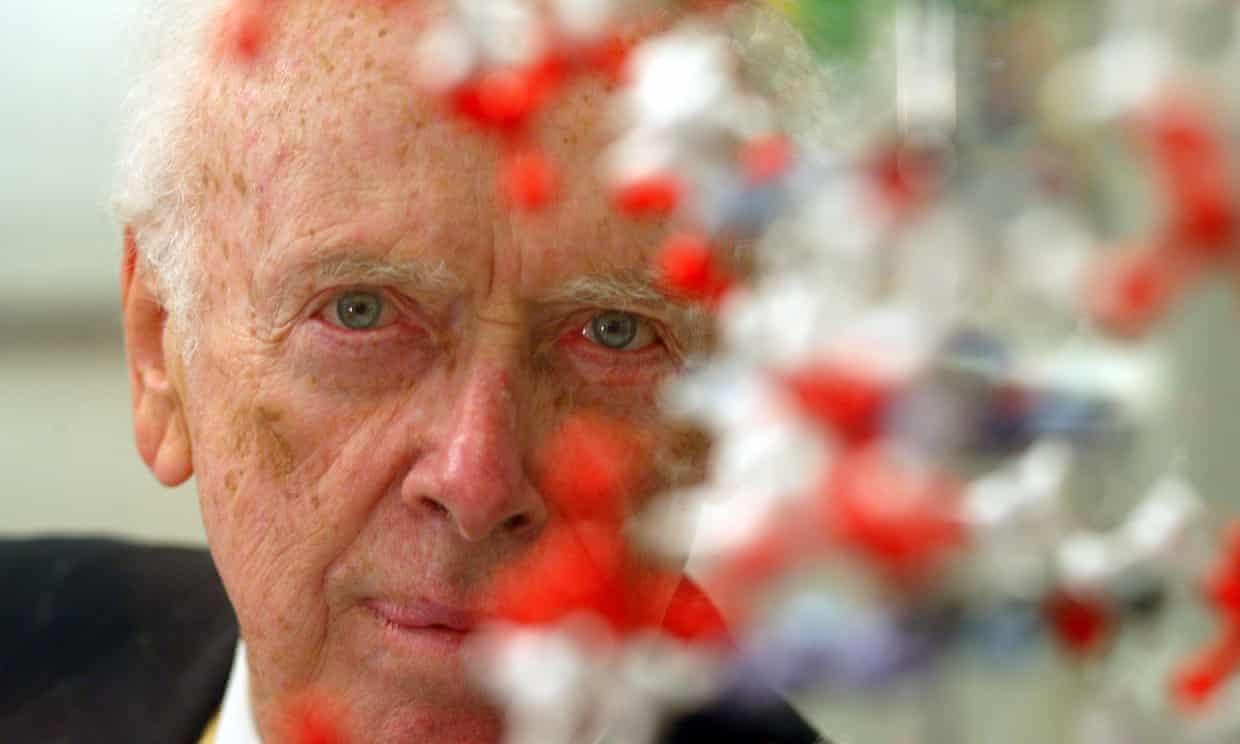James Watson, the renowned geneticist who played a pivotal role in deciphering the structure of DNA, has passed away at the age of 97. His groundbreaking work, conducted alongside Francis Crick in 1953 at the Cavendish Laboratory in Cambridge, fundamentally changed our understanding of genetics and life itself. Watson’s ambitious and often controversial career left an indelible mark on science, as well as a legacy that has been met with both acclaim and criticism.
Groundbreaking Discovery of DNA Structure
On February 28, 1953, Watson and Crick announced their discovery that DNA is structured as a double helix. This revelation demonstrated how genetic information is stored and replicated in living organisms. Their findings were based on X-ray diffraction images produced by Rosalind Franklin, which provided crucial insights into the molecular structure of DNA. The pair’s work culminated in a publication in the journal *Nature*, where they suggested that DNA’s specific pairing mechanism implied a copying mechanism for genetic material.
The significance of their discovery cannot be overstated. It opened new avenues in various scientific fields, including biology, medicine, and genetics. Watson’s 1968 memoir, *The Double Helix*, captured the excitement and rivalry of scientific discovery, despite drawing ire from some of his peers for its hubristic tone and controversial comments about fellow scientists.
Academic and Professional Journey
Born on April 6, 1928, in Chicago, Watson displayed remarkable intellectual abilities from a young age. He enrolled at the University of Chicago at just 15 years old, eventually earning a bachelor’s degree in zoology by the age of 19. His early fascination with genetics led him to work under notable figures such as Hermann Muller and Salvador Luria, where he developed his conviction that DNA, not protein, was the genetic material.
Watson’s academic path took a significant turn when he joined the Cavendish Laboratory in 1951, where he crossed paths with Crick. Their collaboration flourished, resulting in the rapid progress that led to their Nobel Prize in Physiology or Medicine in 1962, shared with Maurice Wilkins.
Following this groundbreaking discovery, Watson’s career continued to evolve as he ventured into various scientific roles. He served as a senior research fellow at the California Institute of Technology and later moved to Harvard University, where he made significant contributions to understanding RNA’s role in protein synthesis.
In 1968, Watson became the director of the Cold Spring Harbor Laboratory in New York, transforming it into a leading institution for molecular biology research. His leadership helped advance the field of cancer research, particularly in tumor virology, while also making the laboratory a hub for education in DNA science.
Controversies and Legacy
Despite his scientific achievements, Watson’s career was not without controversy. His remarks in 2007 regarding race and intelligence sparked widespread condemnation and led to his resignation from various positions, including his role at Cold Spring Harbor Laboratory. In a 2014 auction, he sold his Nobel Prize medal for $4.1 million, expressing a desire to re-enter public life, a wish complicated by his continuing controversial views.
Watson’s contributions to science, particularly through his leadership in the Human Genome Project, further solidified his standing in the scientific community. The project aimed to sequence the entire human genome, a monumental task that advanced genetic research significantly. By the time the project concluded in 2003, Watson’s efforts had propelled the field into new territories, leading to the emergence of disciplines such as epigenetics and bioinformatics.
James Watson is survived by his wife, Elizabeth, their sons, Rufus and Duncan, and a grandson. His passing marks the end of an era in genetics, leaving behind a complex legacy that reflects both remarkable scientific achievement and the challenges of ethical discourse in science.


































































